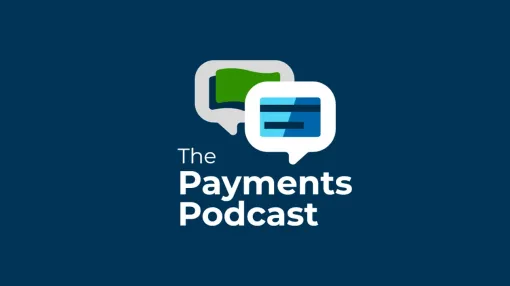You’ve seen the headlines. “US Inflation is hard to whip.” Or, lately, the more moderate view that says inflation may be slowing down as supply chain issues start to alleviate. Even if you haven’t read the stories, you know that an economic downturn, be it a full-blown recession or just shakier times, is still top of mind for everyone from Fed chairman Jerome Powell right down to the small business owner.
Anxiety takes over in that environment. That’s understandable, but the truth is that being prepared for potential economic instability can save you from a lot of trouble. The question to ask here is not as much about the depth and breadth of a potential downturn. The right question is how can I be prepared if the terms of paying and getting paid come under scrutiny?
The answer lies in embracing digital payment methods. For suppliers, it’s one way to protect yourself against tough times ahead if they are on the way. It’s also a way to future-proof your business to some extent, giving you access to speedier and safer payments from payers who otherwise might be tempted to slow down those payments.
And let’s not forget the basic value proposition of automating back-office processes for AP and AR teams. Automation allows for seamless invoice generation, payment reminders and reconciliation, reducing manual errors and enhancing efficiency.
That value prop holds for good times and bad. But expect some economic changes as the year goes on. As it does, here’s the case for getting ahead of economic troubles by nudging your payers to convert to safer, easier payment methods.
The need for speed will accelerate
During tough times, the need to have capital on hand and a more consistent cash flow is more important than ever. The problem is that when you’re on the receiving end of payments, your customers might be trying to hold on to their cash as long as possible. That’s a problem exacerbated by the fact that once your customer finally does send you a payment, a check will still take anywhere from 3-10 business days to arrive.
You won’t want to wait that long. Switching to ACH and virtual card payments shortens that timeline because those payments arrive by the next business day. If your payer is working with a provider who can provide enhanced remittance and other tools to make receipt and reconciliation easier or even fully automated, that creates even greater speed and efficiency.
A pound of prevention
Unfortunately, troubled times attract more bad actors, who are looking to take advantage of anxiety and chaos to steal their way into your accounts. For example, this year’s Strategic Treasurer Fraud and Controls survey, in partnership with Bottomline, showed that 78% of respondents have seen increased fraud threat levels over the past year. That’s tempered by 53% of respondents who believe they’re in a better position to stop it.
This cautious optimism led Bottomline’s Nick Griffin to observe: “Fraudsters aren't going to rest on their laurels. So as companies try to combat these criminals, they should constantly reassess their defenses, ensure these discussions stay prevalent and allocate a budget to support the efforts. And the best hedge against complacency is studies like this that keep the risk factors front and center.”
Agreed. And one of those risk factors Griffin refers to is paper checks. Although there might be some occasions where paper checks are necessary to provide a physical record of payment or to accommodate a partner without digital capabilities, they continue to be problematic during a downturn because the margin for error is so thin. With checks, payments can be intercepted. In fact, according to the Federal Reserve, check fraud in the US has spiked since the pandemic. It reports 459,891 suspicious activity reports (SARs) filed for check fraud in 2022, which was an increase from 249,812 filings in 2021.
So, the stakes are high. If your payer is asking you to be paid by secure virtual card or ACH via a protected network, though, those problems disappear. Your bank account details will be protected, the payments will be virtually impossible to intercept and your days of crossing your fingers until a check arrives will be over. In fact, AP automation for your payers can enhance key partner relationships, by giving those businesses more incentive to pay quickly and capture early payment discounts and other benefits.
Payers will force digital payment adoption
For AP teams, checks are a rising cost center, with each one representing north of $4 in material and processing costs. Payers also aren’t interested in hearing from you when checks are lost in the mail or just slow to arrive. These teams are hearing about the same economic uncertainty you are, and they’re keen to automate processes, save money and avoid the risk of fraud just like you are.
That means chances are good that payers will soon be asking you to accept electronic payment methods like ACH and card, if they haven’t already. Adopting them now will save the time and hassle of being asked, having to enroll and so forth when you really want to be paid more quickly later.
The U.S. economy is already grappling with inflation and inconsistent consumer spending. Companies will have a lot to think about it if the economy gets even bumpier in the months ahead. Make sure that how you get paid—and when, and if in the case of fraud incidents— is a manageable process. The right digital payment network will go a long way toward making those times easier to handle.


